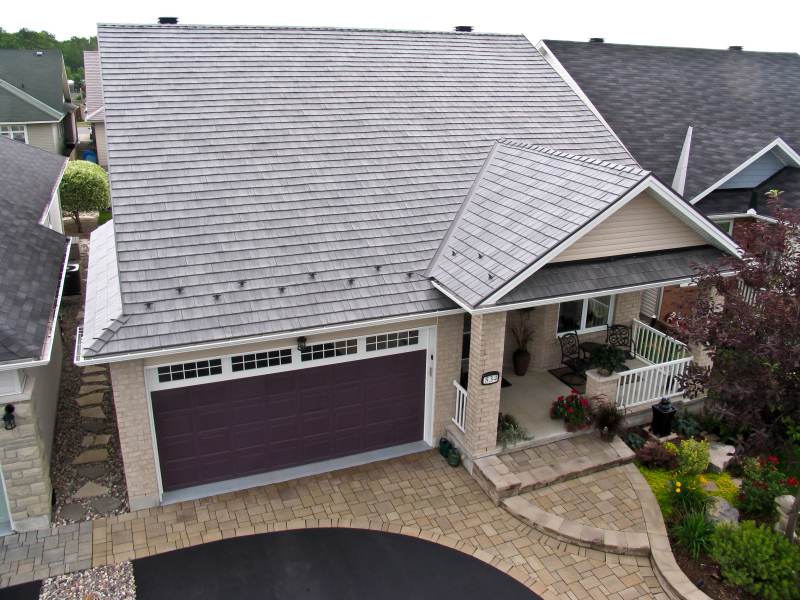Roofing is a important element of architecture for several essential reasons:
Protection from the Elements: One of the first functions of a roof is to supply shelter and safety from environmental components corresponding to rain, snow, wind, and extreme temperatures. It prevents water from coming into the building, which can cause structural injury, mould growth, and other issues.
Structural Integrity: Roofs play an important role in maintaining the structural integrity of a constructing. They distribute the weight of the roof and any loads (e.g., snow) evenly to the partitions and foundation. A well-designed and properly constructed roof ensures the soundness and safety of the complete structure.
Roofing Gallery Camden and Design: Roofs are a visual and outstanding a part of a constructing's exterior. Architects use roof design to boost the overall aesthetics of a construction. The form, materials, and magnificence of the roof can contribute to the architectural character and attraction of a constructing.
Environmental Considerations: Sustainable structure places an emphasis on power efficiency and environmental responsibility. Roofing materials and design can influence a building's power performance. For example, cool roofs can mirror extra daylight and take up much less warmth, reducing cooling prices and concrete heat island results.
Natural Lighting and Ventilation: Roof design can incorporate options like skylights, dormers, and roof vents to offer pure lighting and air flow inside a constructing. This can improve indoor comfort and cut back the necessity for synthetic lighting and mechanical air flow.
Historical and Cultural Significance: In some architectural types, corresponding to Gothic or Victorian, the roof could be a key factor that displays the historic and cultural context of a constructing. Roof details and shapes can tell a story about the period by which a structure was constructed.
Space Utilization: Roof design can create extra usable space within a building, corresponding to attic rooms, rooftop gardens, or out of doors living areas. Architects often consider how to maximize space and performance when designing roofs.

Energy Efficiency: Energy-efficient roofing supplies and design can contribute to a constructing's total vitality efficiency. Proper insulation and air flow might help regulate indoor temperatures and scale back heating and cooling prices.
Safety and Fire Resistance: Roofing supplies are chosen with security in thoughts. Some supplies, like fire-resistant roofing, might help forestall the unfold of fires in a building, offering priceless time for occupants to evacuate.
In summary, roofing is a elementary facet of architecture that mixes useful and aesthetic considerations. It not only protects the inside of a building from the elements but additionally contributes to the overall design, sustainability, and security of a construction. Architects fastidiously consider roofing supplies, shapes, and features to attain their design goals whereas guaranteeing the consolation and well-being of constructing occupants..
